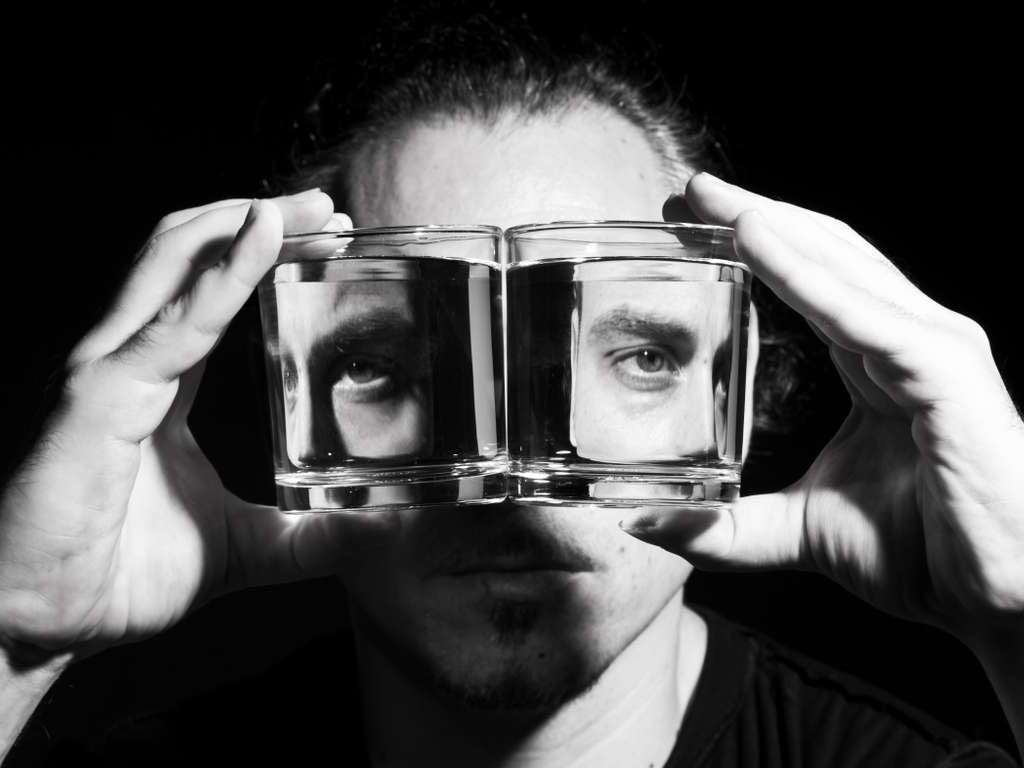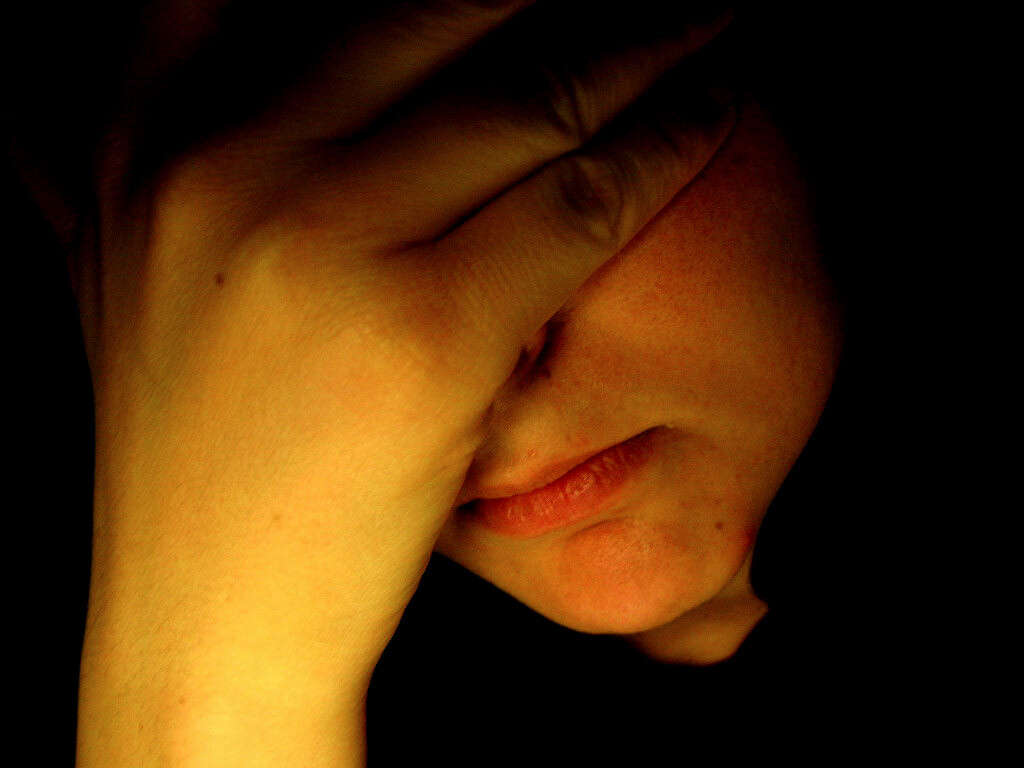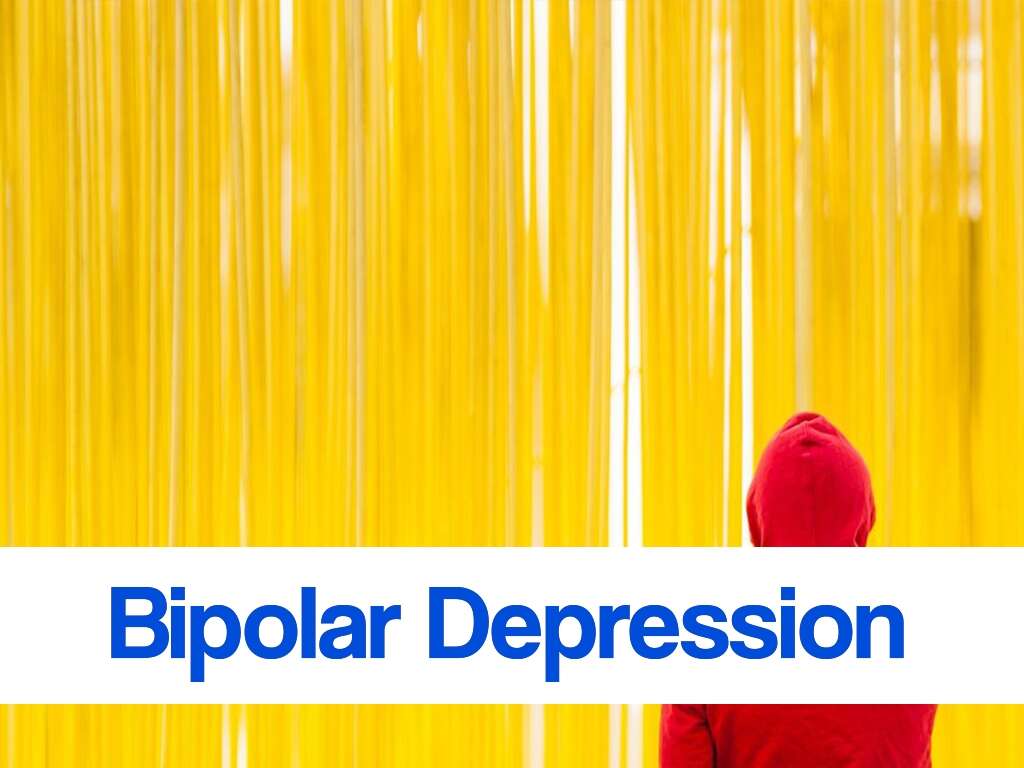What Is Bipolar?
Bipolar disorder is a mental disorder where there are periods of depression and an abnormally elevated mood. When the elevated mood is severe, it is known as mania while a less severe version is known as hypomania. This disorder is a common, persistent, and severe mental illness as it results in lifelong challenges. Bipolar can be divided in two subtypes: bipolar I, where there must be at least one prominent mania not necessarily accompanied by a depressive episode and bipolar II, where there are depressive episodes and hypomanias (less prominent manic episodes).
The risk of suicide among patients with bipolar disorder is higher compared to the normal population. Self-harm has been estimated to occur in 30% to 40% of bipolar patients. Other commonly associated issues with bipolar disorder include substance abuse and anxiety disorders.
1. Symptoms of Bipolar Disorder
Symptoms of mania include decreased need for sleep, grandiosity (inflated self-esteem), pressured speech or talkativeness, irresponsibility (seeks pleasure without thought of consequences), thought disturbances (flight of ideas), and increased level of goal-focused activity. The changes or symptoms are often visible to others. In the depressive phase, five or more of the symptoms are required with at least one being loss of pleasure or depressed mood. These must be present for at least more than two weeks.
The symptoms are depressed mood, fatigue, anhedonia (loss of interest or inability to feel pleasure), sleep disturbances, weight changes, excessive guilt or feelings of worthlessness, decreased concentration, agitation or psychomotor retardation, and suicidal ideations. These symptoms should cause significant impairment if they are not due to other medical illnesses or substance abuse.
2. Causes of Bipolar Disorder
The exact cause of bipolar disorder is unknown. However, studies involving family members and twins have suggested the possibility of a genetic component as individuals with first-degree relatives who have bipolar disorder are seven times more likely to develop this condition compared to the rest of the population.
Genetic studies performed have proven that the genetic component of this disorder is complex. Other factors that have been implicated are biochemical, environmental, and psychodynamic factors.
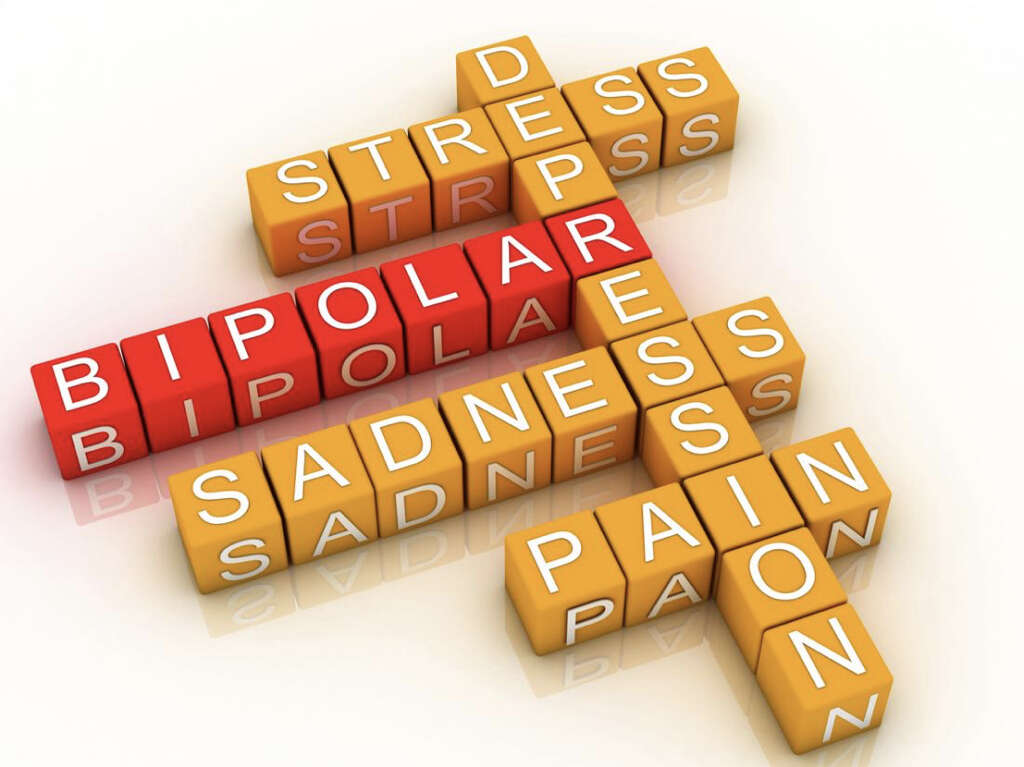
3. Epidemiology
In the United States, the lifetime prevalence of bipolar disease or manic-depressive illness ranges from 0.9% to 2.1%. Internationally, the estimated lifelong prevalence rate of bipolar disorder ranges from 0.3% to 1.5%. Some researchers have also reported an increase in the prevalence of bipolar disorder in recent years.
The age of onset greatly varies for bipolar disorder and can range from childhood to 50 years of age, with an average of about 21 years old. Most cases begin around the age of 15 to 19 years old and the second commonest age range is 20 to 24 years old. Although occurring equally in both sexes, the incidence of bipolar II is more common in females.
4. Diagnostic and Statistical Manual of Mental Disorders (DSM-5)
The DSM-5 is a manual produced by the collaboration of hundreds of experts in mental health. It serves as the principal authority for the diagnosis of psychiatric disorders. As per DSM-5, the diagnosis of bipolar type I requires a manic episode that results in hospitalization or involves the presence of at least 3 of 9 symptoms, lasting at least 1 week, or causes impairment in social and occupational functioning.
Based on DSM-5, at least three of the following symptoms must be present: excessive pleasurable activities despite painful consequences, increased goal-focused activities, excessive talking, decreased need for sleep, clear evidence of distractibility, racing thoughts, and grandiosity. The manic episode cannot be due to substance abuse or medical illness.
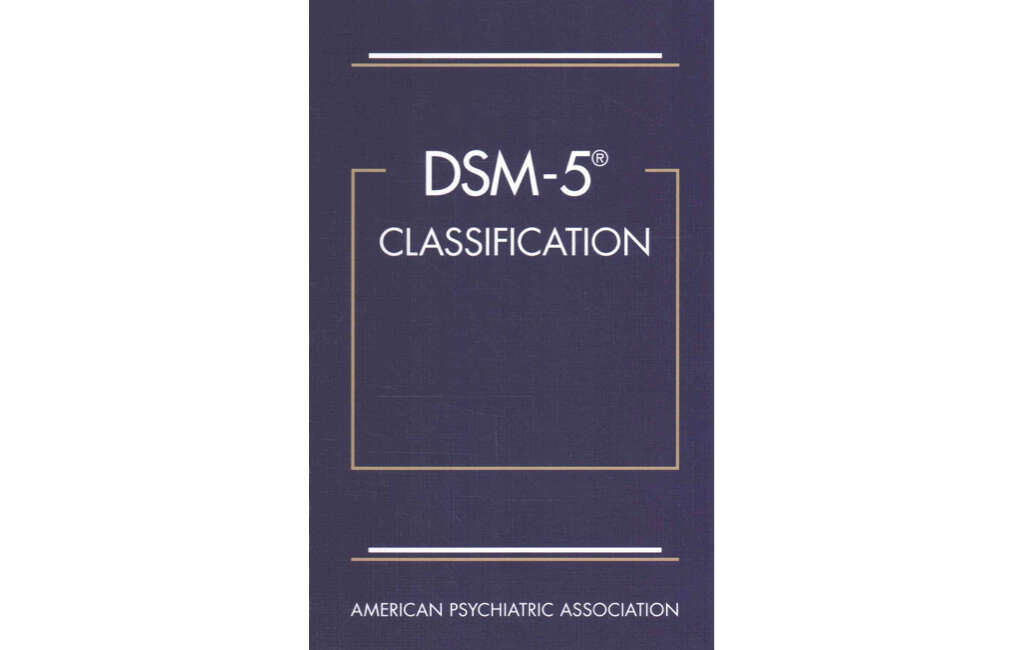
5. Laboratory Studies
Although bipolar disease is a clinical diagnosis, an extensive range of tests are required to rule out any possible organic causes. Bipolar disease treatment will also involve the use of medications that require the body to work properly. Furthermore, bipolar disorder is a lifelong illness, and performing baseline studies can help establish the long-term effects of medications.
Some of the tests that can be useful include a complete blood count (CBC) test, erythrocyte sedimentation rate (ESR), fasting glucose, electrolyte levels, serum protein levels, thyroid function tests, lipid profile, creatinine, and blood urea nitrogen levels. Alcohol and substance abuse screening may also be required. Some additional imaging tests may include magnetic resonance imaging (MRI), electrocardiography, and electroencephalography.
6. Medications
The treatment for bipolar disorder depends on the phase and severity the patient is currently in. For example, if the patient is in the depressive phase and has suicidal ideation, inpatient hospitalization may be necessary whereas a patient who is moderately depressed can be treated as an outpatient. Physicians in charge of the patient with bipolar disorder will need to determine if there are any current medications causing the mania, hypomania, or mixed manic state. in these patients, the offending medications should be discontinued.
The choice of medication depends on the presence of symptoms such as, agitation, aggression, psychotic symptoms, and sleep disturbance. Importantly, discontinuation of antidepressants should be tapered over a duration of several weeks. Patients in the depressive phase should be monitored for emergent symptoms after pharmacotherapy (medication) for depression is initiated. A patient with psychotic features might be given an antipsychotic agent.
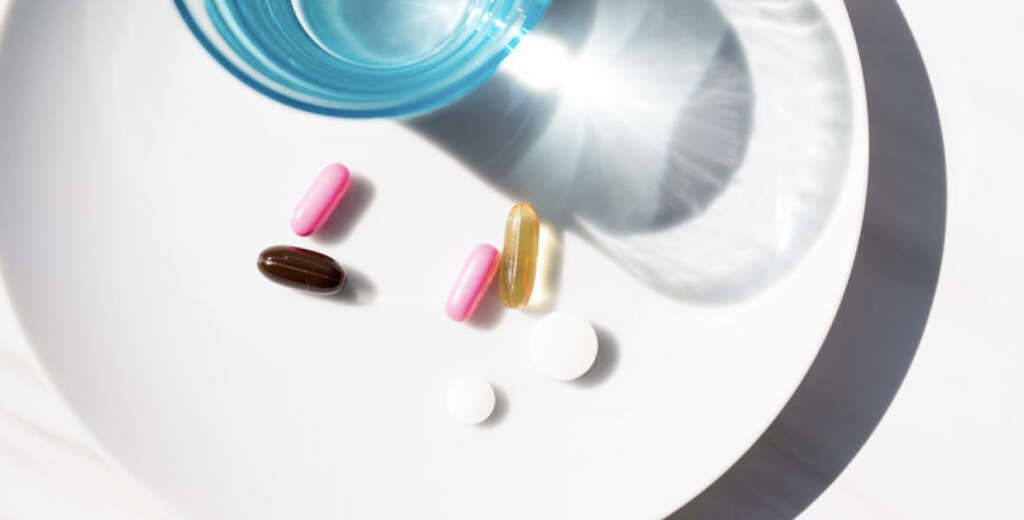
7. Non-Pharmacological Options
Non-pharmacological options include psychosocial interventions such as cognitive behavioral therapy, interpersonal and social rhythm therapy, psychoeducation, chronic care model-based interventions, and family focused therapy. These options for early intervention are crucial as they can result in better treatment response in early stages of illness. Psychotherapy helps patients to recognize triggers, reduce prodromal symptoms, reduce negative emotions, and practice factors leading to remission maintenance.
There are also several studies that suggest the benefit of omega-3 fatty acids for those with depressive symptoms. However, there is inadequate evidence to reach a firm conclusion. Patients who are not responding to medications, have severe symptoms, or have contraindications for several medications may undergo electroconvulsive therapy. This treatment has proven to be highly effective in the treatment of acute mania.
8. Inpatient Management
In bipolar disorder, if the symptoms are too severe, urgent referral for mental health intervention is required. Some of the indications for inpatient treatment include danger to others, danger to self, total inability to function, marked psychotic symptoms, delirium, total loss of control, and medical conditions where monitoring is required. Bipolar patients in the depressive phase may be at risk for suicide.
Referral to a mental health special unit may be best for these patients for constant observation and preventive protection.

9. Prognosis
Bipolar disorder has significant rates of morbidity and mortality. In the United States in the early 1990s, the cost of decreased productivity due to bipolar disorder was estimated to be $15.5 billion every year. Approximately 25% to 50% of individuals with bipolar disorder attempt suicide with an 11% success. A study in 2011 also suggested that the mortality rate for patients with bipolar disorder was higher 1 year after hospital discharge compared to the general population for circulatory disorders, natural causes, and respiratory diseases. It is estimated that only 50% to 60% of patients with bipolar disorder on lithium gain control of their symptoms. While 7% do not have recurring symptoms, 45% experience more episodes while 40% go on to have persistent issues.
With age, the cycling between mania and depression accelerates. Some of the factors that suggests poor prognosis include psychotic features, pattern of depression, poor job history, male gender, and evidence of depression. Factors that suggest a better prognosis are late age of onset, short duration of manic phases, few medical problems, few thoughts of suicide, and few psychotic symptoms.
10. Patient Education
Patient education is crucial for those with bipolar disease. Education should not only be for patients but also for their family members and other individuals in their support system. Evidence from literature has proven the importance of educational efforts in increasing quality of life and patient compliance. A vital part of patient education involves the explanation of the biology of the disease as this helps patients to understand the disease and decreases the feelings of guilt while acknowledging the importance of medication. Patients and members of their support system should also be taught how to monitor the early warning signs, symptoms, and reemergence of the disorder.
Other important aspects include identifying stressors and joining a support group. Listening to stories from other patients can help them see the challenges and struggles from a different perspective. Bipolar disorder patients should also be advised to have a regular exercise routine and sleep schedule.






